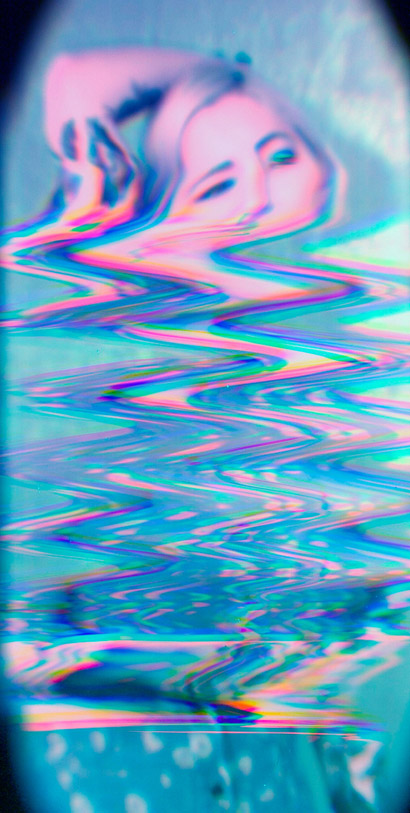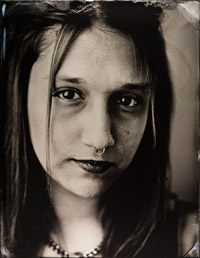
| technic |
| artists |
| links |
| material |
| contact |
| home | bibliography | scannotique |
| exhibitions |
Kelly Keltos






| Statement | ||
This project is a series of images captured with a flatbed scanner. Each scan is set to a higher resolution which slows down how fast the scans are and lets me enlarge them so that you can see a large amount of detail. Each scan takes about ten minutes. Using the scanner gives me the ability to move the objects while they are being recorded. I have chosen to scan objects that come from nature to juxtapose the static lines created with movement. The juxtaposition comments on an ever-present issue in todays culture “Technology vr. Nature”. This is a response to the technology boom in the bay area . The movement and different and angles are inspired by cubist, dada and surrealist works, questioning time and the photograph itself. Time is man made, with time everything changes even nature. I invite my viewers to explore what changes and what stays the same. wHatEvr fOreVr I had been wanting to come up with a way to take some portraits with the scanner and I came a across a you tube video showing how to make a pinhole attachment for your scanner. I had seen a lot of jerry rigged methods but this one seemed to make the most sense. I had to go through several scanners and a few different attachments but one day about a year of messing around I finally got an image. II wanted to come up with a way to capture movement with a flat bed scanner with out the restrictions of size. for the series I took a bunch of my friends and had a party in front of the scanner. I wanted the project to juxtapose the organic way a body moves with the static, parallel movements of a scanner. Each scan takes about two minutes. I got into scanning because I was bored at my gallery internship one day. I actually had heard about a call for entries for a mirror-less photography show. I figured I would try and arrange some things on the scanner and while scanning a light bulb it moved. I saw the effect and I was hooked. I actually didn't like how the images looked at first. I made a short series for a class and I still didn't like them but for some reason I was still drawn to the process. I don't think it was until I developed a color pallet and started choosing to scan things that I like that I really started to like them. I haven't put down other types of photographic processes but this is the one I'm most excited about. I am an experimental photographer, currently based out of San Francisco, California. I was born and raised in New Jersey and came out here five years ago to start school. I just graduated from the photo program at the Academy of Art University. For more information,
All Images Copyright |
||
